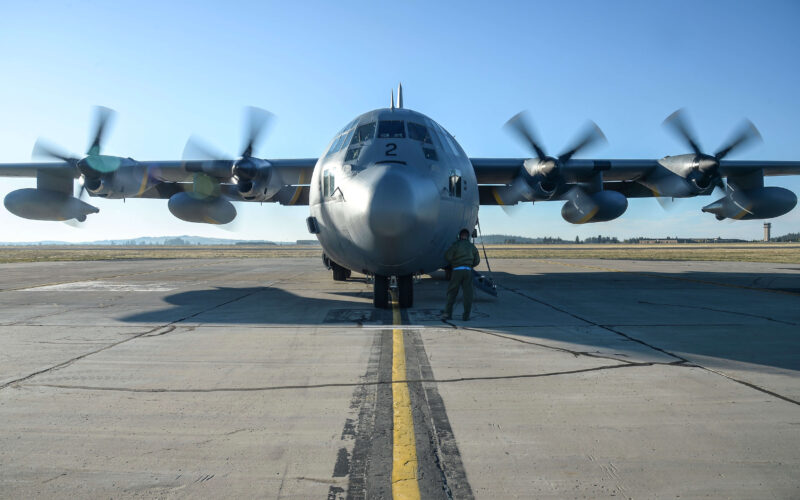Human remains were found at sea near the site where a C-130H Hercules from the Chilean Air Force disappeared on December 9, 2019. The main fuselage was also located. Chances of finding survivors are deemed null.
“The condition of the remains found on the plane makes it virtually impossible for survivors to this accident,” said the commander in chief of the Chilean Air Force (FACh), General Arturo Merino. All 38 people that were on board are now presumed dead. “Those of us who belong to the Chilean Air Force would like to give our deepest condolences to the families of our Aviator Comrades, to the members of our sister Army Institution and to the families of civilians traveling on the crashed plane,” added Merino.
The wreckage was found at a depth of about 4000 meters (13,000 feet). Plane debris had been recovered hours before by the Chilean ship Antarctic Endeavor, 30 kilometers (17 miles) from the last known position of the aircraft. Components included foam lining from the inside of the fuel tank, parts of the fuel distribution system, and one of the nose gear wheels.
Elementos encontrados de la aeronave C-130 #FACh accidentada. pic.twitter.com/ixmtx90NfI
— Fuerza Aérea de Chile (@FACh_Chile) December 12, 2019
They will be transported back to Punta Arenas, Southern Chile, to serve in the investigation to determine the reasons of the crash. One hypothesis put forward by local experts, quoted by La Tercera, would be a structural failing that could be due to corrosion.
In August 2019, the global C-130 fleet was inspected after cracks had been found by the United States Air Force on the lower center wing joint also called rainbow fitting. According to Merino, the aircraft involved in the crash passed the inspection without any observation.
On December 9, 2019, the Chilean air force lost radio contact with the C-130H Hercules transport plane code 990 of the Aviation Group Nº10 on its way to the country’s base in Antarctica. Its last known position was above the Drake Passage that separates the American continent from Antarctica.
The plane had taken off from Chabunco airbase in Punta Arena. The flight was carrying logistical support and transferred personnel for the revision of the floating pipeline supplying Base Presidente Eduardo Frei Montalva, the main Antarctic base of Chile.
17 crew members and 21 passengers were on board, including 15 FACh servicemen, three soldiers from the Chilean Army, two civilians working for the construction company Inproser, and an official from the University of Magallanes.
Seven hours after the incident, the FACh declared the flight as crashed, as it would have reached the end of its fuel reserves. In total, 23 aircraft and 12 ships from six different countries, namely Chile, Argentina, Brazil, Uruguay, the United Kingdom, and the United States, were involved in the search and rescue operation.
The aircraft involved was built in 1978 in Lockheed Marietta Plant and delivered to the U.S. Marine Corps as the KC-130R refueller plane 160628. It was put into storage in 2009, before being sold as a simple C-130H transport plane in May 2014 to Chile.

